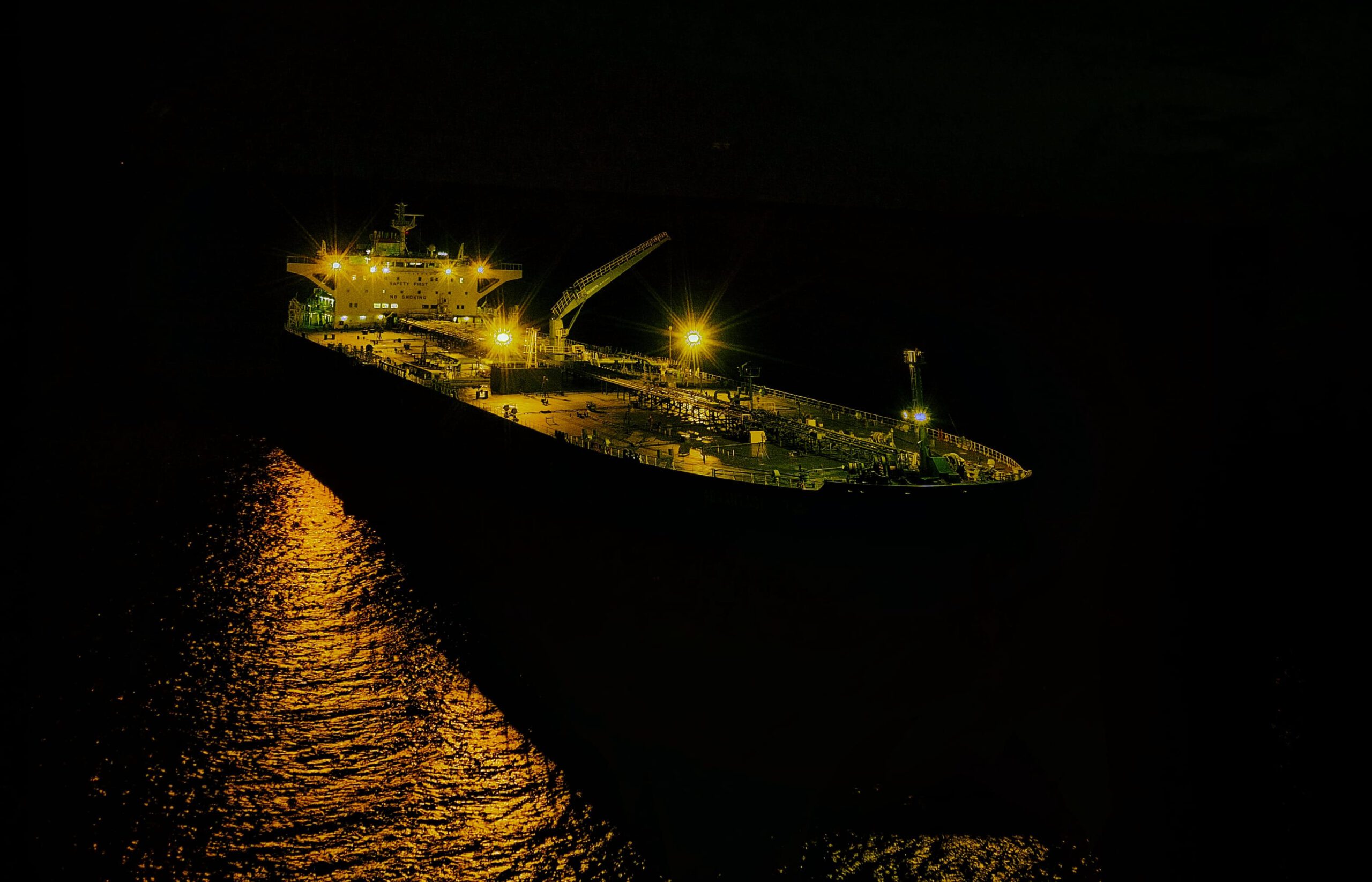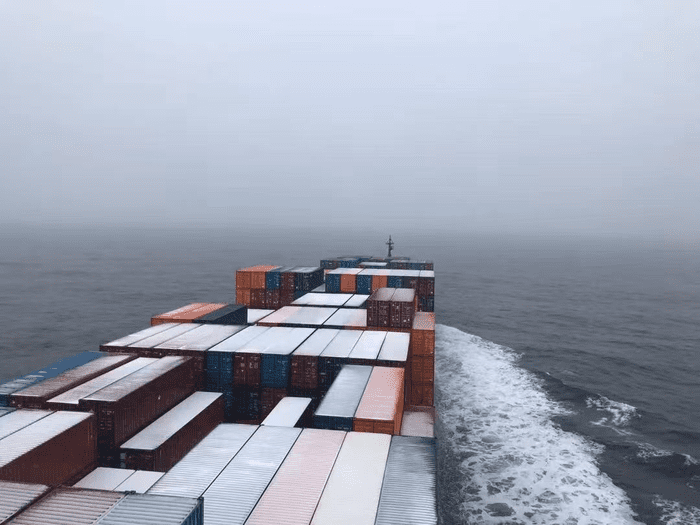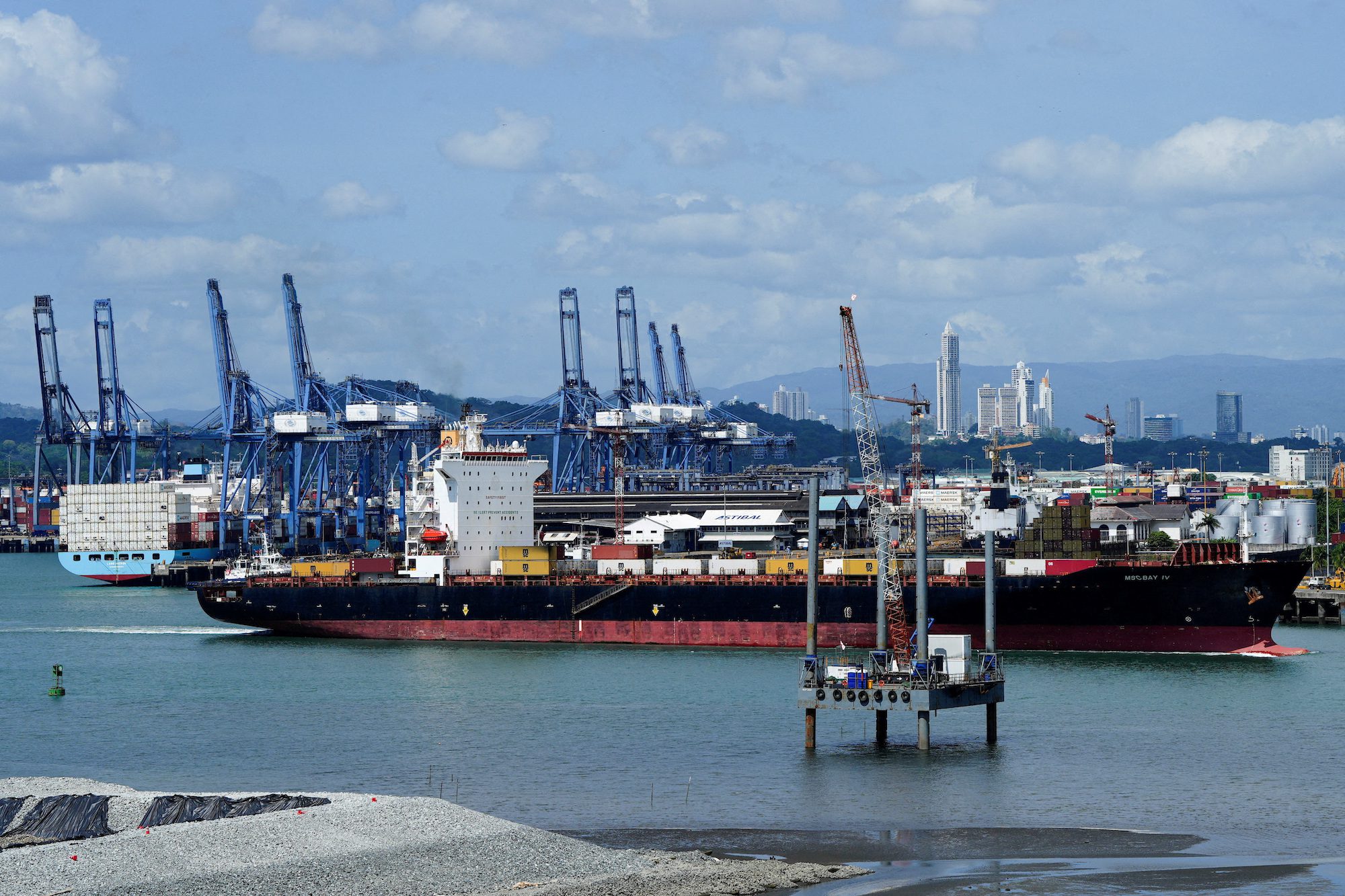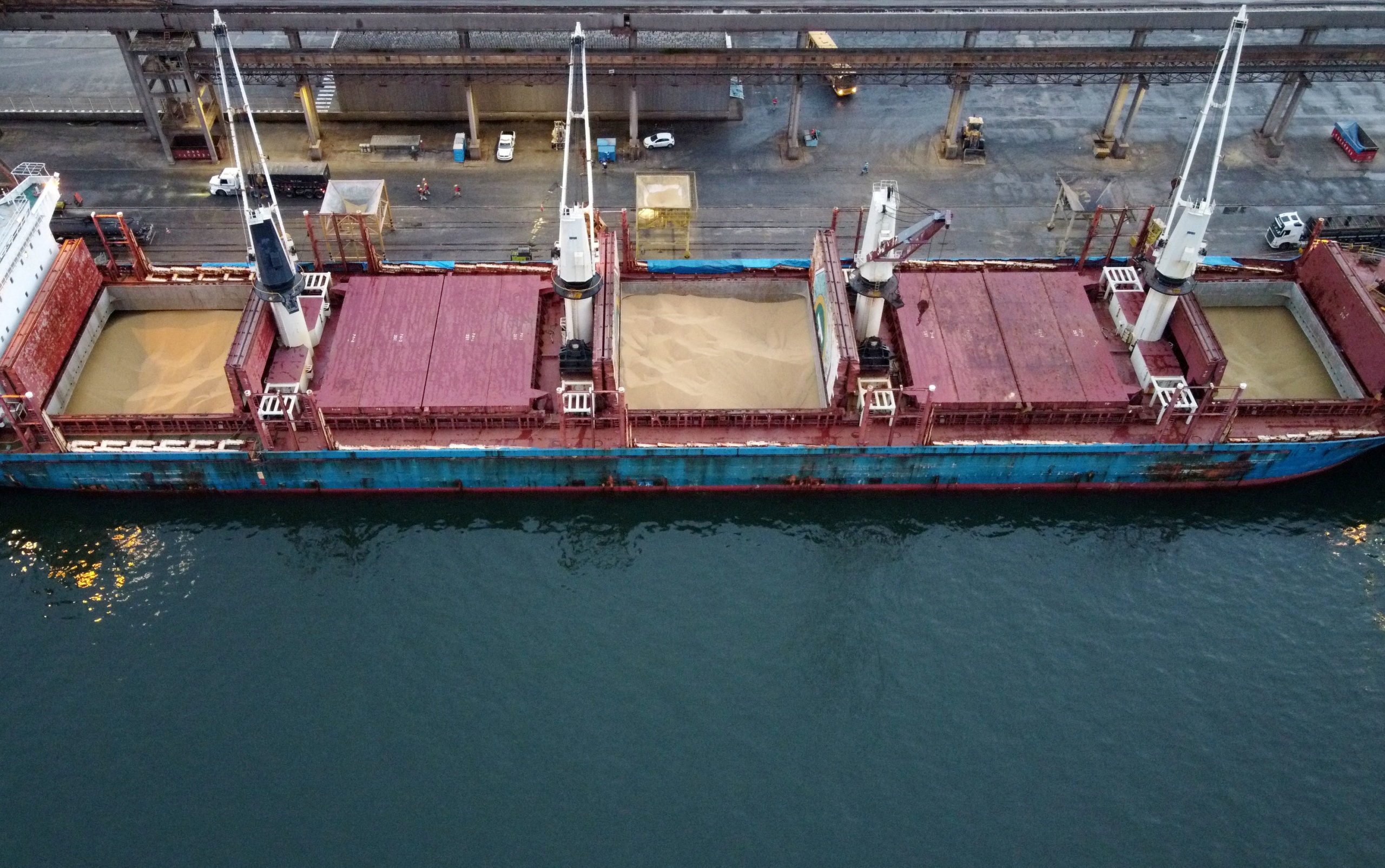Iran’s National Iranian Tanker Company fleet has returned to conducting dark operations after an unprecedented three-day period of AIS transparency that left maritime analysts puzzled about the motivation behind the brief shift.
Of the 88 Iran-flagged tankers, 52 began transmitting AIS signals between October 12-14, marking what maritime AI firm Windward described as “an abrupt pause in the prolonged ‘dark’ operations typical of many Iran-flagged vessels, which often last 30 days or more.” The simultaneous resumption across multiple regions was “unprecedented,” according to Windward’s analysis.
The tankers’ reported positions spanned from Iran’s Kharg Island and Indonesia to ports near China and routes through the Singapore Strait. According to Windward, at least nine of NITC’s largest tankers were actively broadcasting while clustered within Malaysia’s Exclusive Economic Zone, “a known hotspot for floating storage and ship-to-ship (STS) transfers of U.S.-sanctioned oil.”
But the brief window was short-lived. Days later, AIS signals began to disappear and , as of October 17, “the entire National Iranian Tanker Fleet of tankers has now gone completely dark on AIS with the exception of just one tanker,” according to TankerTrackers.com.
“The reason for this brief visibility window remains unclear, though it occurred less than three weeks after UN sanctions on Iran were reactivated under ‘snapback’ provisions,” Windward reported. The timing also coincided with a renewed Malaysian crackdown on unregulated STS operations.
TankerTrackers.com reported that this marked the first time Iranian-flagged tankers had transmitted properly over AIS without spoofing “in seven and a half years.”
NITC tankers have long used the waters off eastern Malaysia for storage and transfer of Iranian oil as part of a complex logistics chain shipping oil to China.
Until now, NITC tankers have been “among the darkest and hardest to track, as they typically switch on their AIS briefly during key voyage segments, only when absolutely necessary.” They are most often visible when crossing the Singapore Strait before going dark near the Riau Archipelago.
Windward’s Early Detection solution was the first to track the unusual AIS activities of the Iran-flagged fleet during the October 12-14 window.
The motivation behind the temporary shift to transparent broadcasting remains unknown. “It is uncertain whether the change represents a policy decision by Iranian authorities or something else,” according to TankerTrackers.

 Join The Club
Join The Club











